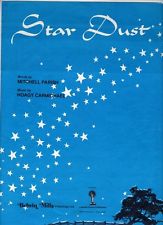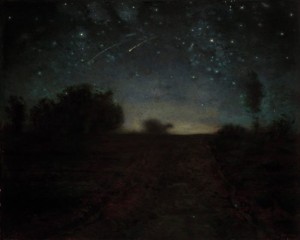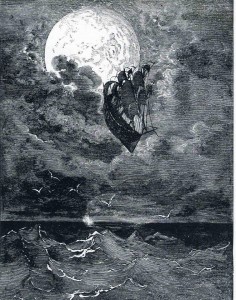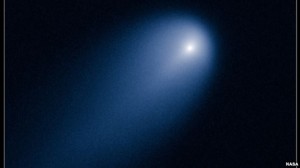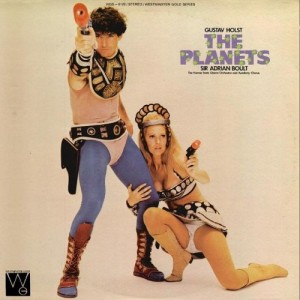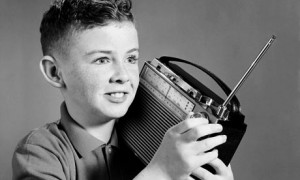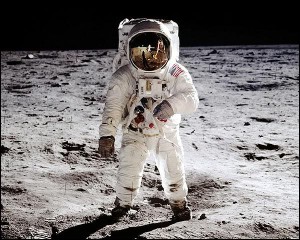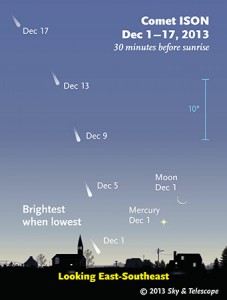It’s been called one of the greatest songs ever written: No. 9 in our Songs with Astronomical Themes series, “Stardust,” by Hoagy Carmichael.
The song, written by Carmichael in 1927 with lyrics added a couple of years later by Mitchell Parish, is one of the most-recorded pop numbers in history, covered by a who’s who of bands and singers: Louis Armstrong, Dave Brubeck, Django Reinhardt, Tommy Dorsey, Glenn Miller, Frank Sinatra, Doris Day, Nat King Cole, Mel Torme, Ella Fitzgerald, Harry Connick Jr., Barry Manilow, Willie Nelson, Rod Stewart . . .
Here’s Nat King Cole’s version, originally recorded in 1956:
The structure and melody are unusually complex for a pop standard; the tune wanders all over the place, with the phrasing alternating between slow and fast. Carmichael says the inspiration for the song came to him one night on the grounds of his alma mater, Indiana University in Bloomington; he dashed off to find a piano and jot down the tune, and thus was born “Stardust.” If you go to IU today, you can see a plaque commemorating the very spot where Carmichael is said to have dreamed up the tune.
Carmichael, by the way, also wrote the tune to “Heart and Soul,” that annoying little ditty that’s often played as a duet by kids sitting at a piano. This one:
